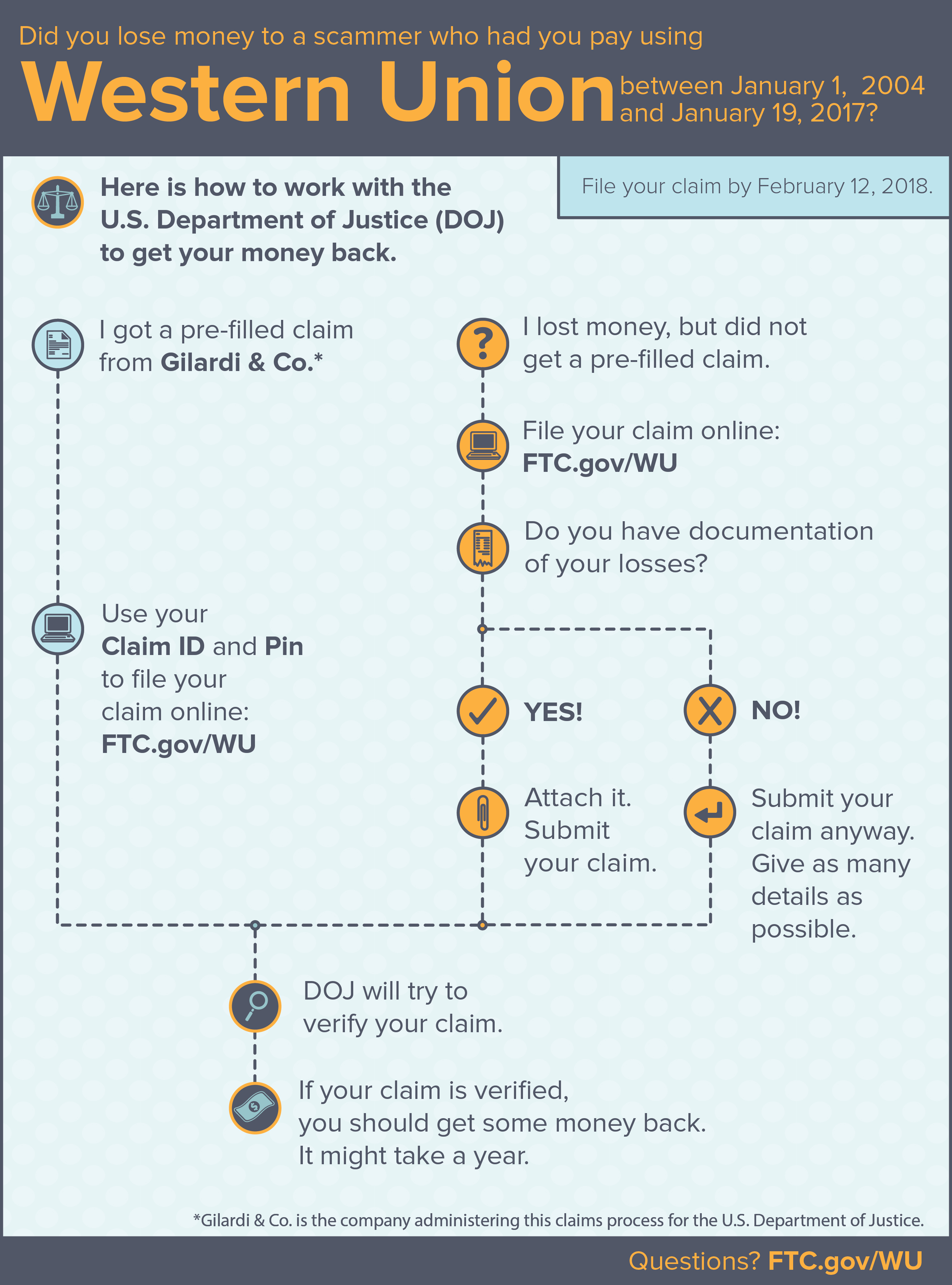by Seena Gressin
Attorney, Division of Consumer & Business Education, FTC
When it comes to reporting and recovering from identity theft, the FTC is simplifying the process by eliminating the need for a police report in most cases.
How does it work? When you report identity theft using IdentityTheft.gov, you’ll answer some questions about what happened. IdentityTheft.gov then uses your information to create the tools you need to begin your recovery, including:
- a personal recovery plan
- pre-filled letters to send to merchants, banks, and others affected by the identity theft, and
- an “Identity Theft Report,” which is your official statement about the crime.
In most cases, you can use your Identity Theft Report in place of a police report to clear your account and credit records of transactions that resulted from the identity theft. That’s because when you use IdentityTheft.gov, you’re reporting the crime to the Federal Trade Commission, a federal law enforcement agency. Just like when you file a police report, you’re legally obligated to tell the truth to the best of your knowledge, and subject to criminal penalties if you don’t. That makes your Identity Theft Report powerful evidence that you’re telling the truth.
By reducing the need for police reports, IdentityTheft.gov helps you get started on your recovery quickly, and helps free local police to focus on public safety. Still, contact the police to report identity theft if:
- you know the identity thief, or have other information that could help a police investigation
- an identity thief used your name in a traffic stop or any encounter with police, or
- a creditor, debt collector, or someone else affected by the identity theft insists that you produce a police report.
To learn more about identity theft, browse the FTC's recovery steps, or visit the FTC's Privacy and Identity page for prevention tips.









